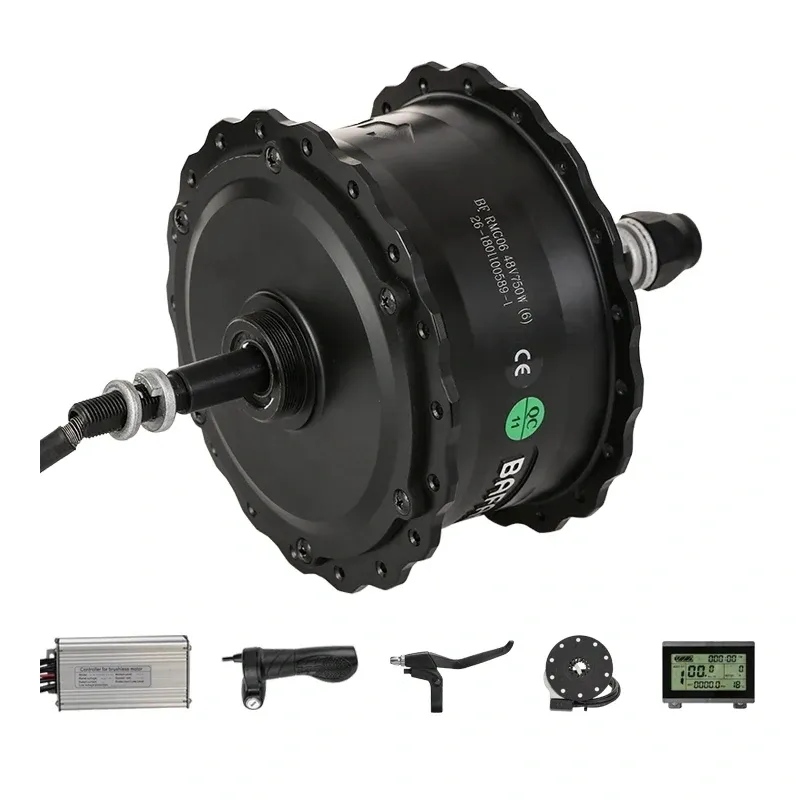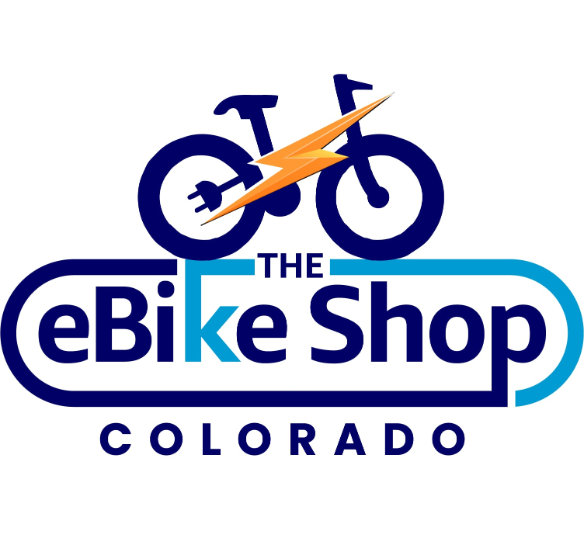
Pros and Cons of a Dual Motor eBike
Here’s the complete list of pros and cons for a dual motor ebike:
Pros:
Enhanced Power and Performance:
- Provides more torque and power, ideal for steep hills or heavy loads.
Improved Traction:
- Better grip and stability on various surfaces due to power at both wheels.
Redundancy:
- If one motor fails, you have a backup, increasing reliability.
Customizable Power Distribution:
- Ability to adjust how power is split between motors for optimal performance or efficiency.
Faster Acceleration:
- Quicker starts from a standstill, useful in city traffic.
Load Distribution:
- Better balance and handling due to even weight distribution.
Versatility:
- More capable on diverse terrains, including off-road adventures.
Cons:
Increased Weight:
- Additional motor adds to the bike’s weight, affecting maneuverability when not powered.
Higher Cost:
- More expensive both in terms of initial purchase and potential maintenance.
Complexity in Maintenance:
- More parts to maintain and potentially repair, which can be costlier and more complicated.
Reduced Range:
- Higher power consumption can lead to less distance per battery charge if not managed well.
Weight Distribution:
- While it distributes weight, it also adds bulk to both ends of the bike, potentially altering handling.
Regulatory Issues:
- May face stricter regulations, possibly requiring special licenses or not being permitted on certain paths.
Noise:
- Potentially louder due to two motors operating.
Energy Efficiency:
- Not as efficient as a single motor for regular, flat terrain use.
Battery Consumption:
- Dual motors might require a more substantial battery capacity to achieve the same range as a single motor ebike, adding to the overall cost and weight.
Editor’s Note: the choice between a dual motor and a single motor ebike largely depends on individual needs, such as the terrain you’ll be tackling, the need for speed and acceleration, payload requirements, and your preference for redundancy versus simplicity and cost.

